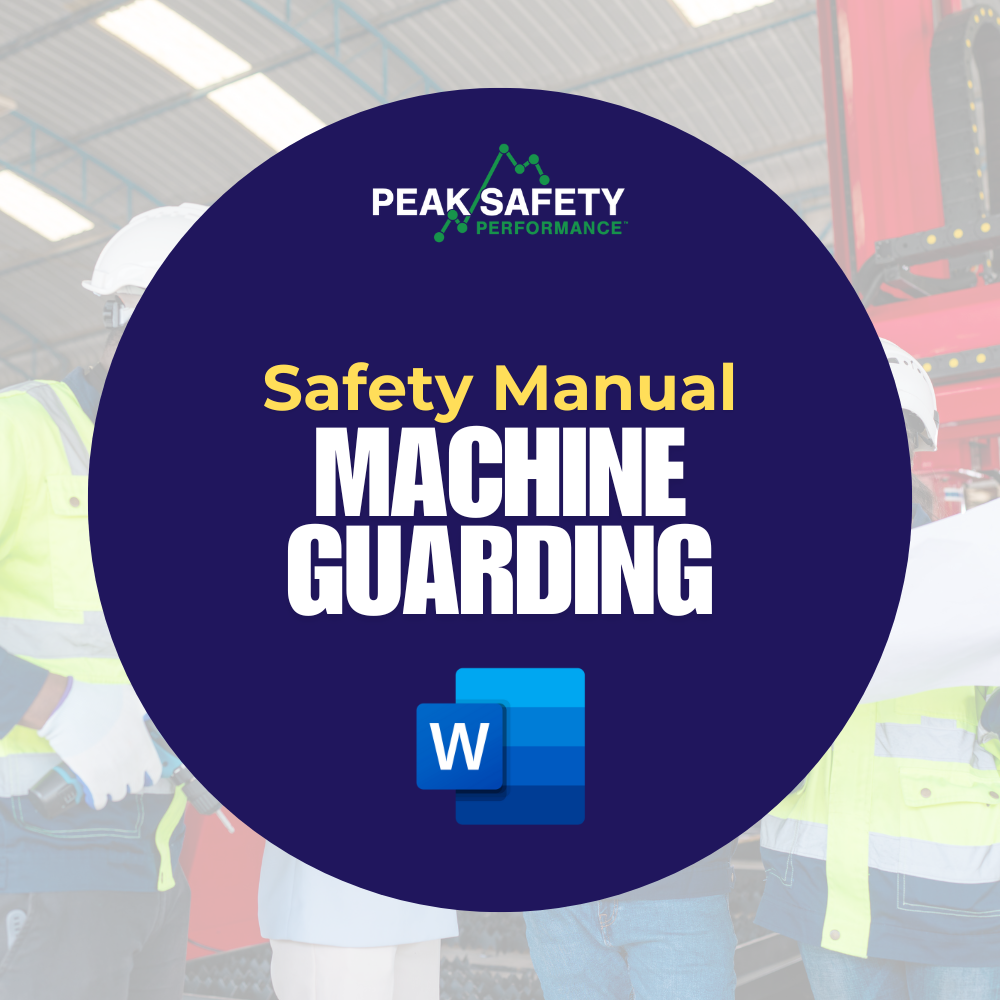Machine Guarding (Manufacturing)
Machine Guarding (Manufacturing)
The Machine Guarding Program is designed to protect employees from injuries caused by moving machine parts, flying chips, sparks, and other mechanical hazards. OSHA’s Machine Guarding Standard (29 CFR 1910 Subpart O) requires employers to install and maintain safeguards that prevent workers from coming into contact with dangerous points of operation, rotating parts, or other sources of harm.
A comprehensive machine guarding program includes:
-
Hazard Identification: Assessing all machines to determine where guards, barriers, or devices are required to protect employees.
-
Types of Guards: Installing fixed, interlocked, adjustable, or self-adjusting guards depending on the machine and hazard.
-
Safeguarding Devices: Using presence-sensing devices, two-hand controls, or automatic feed mechanisms when guards are not practical.
-
Training: Educating employees on the importance of machine guarding, how guards work, and the dangers of bypassing or removing them.
-
Maintenance & Inspection: Regularly inspecting guards to ensure they are functional, properly adjusted, and not damaged or tampered with.
-
Safe Work Practices: Reinforcing rules that machines must never be operated without required guards in place.
By following a strong Machine Guarding Program, organizations significantly reduce the risk of amputations, crush injuries, and other serious incidents while maintaining OSHA compliance and ensuring worker confidence in operating equipment safely.
Share
Couldn't load pickup availability


